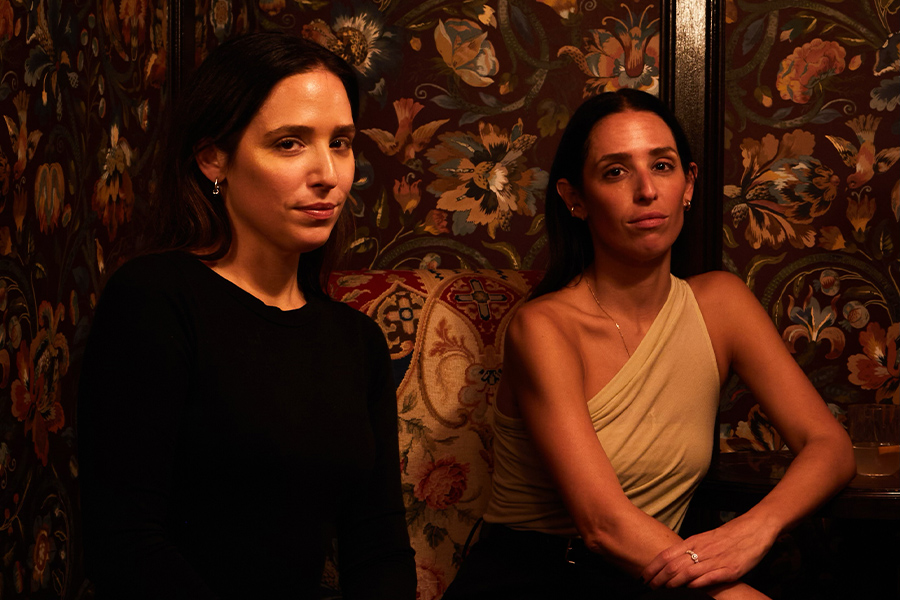The New York art scene is a multifaceted machine of productions and installations across a variety of disciplines. In 1971, however, that wasn’t the case for the then-emerging medium of video art. So, New York-based artists Steina and Woody Vasulka founded the Kitchen in SoHo as an art commune of sorts to exhibit and screen the newly avant-garde style of work. Nearly 50 years later, the Kitchen has moved a handful of blocks uptown to a larger, black box of a space that accepts interdisciplinary artists with varying mediums and practices and puts on up to six exhibitions and more than two dozen performances each year. “We hope to be a place where artists feel like they can take chances in their own practice,” says curator Lumi Tan, who has been with the organization for nine years. “I’ve done a lot of shows here that have very challenging content that we provide a platform for—allowing [artists] to create their own world inside of the Kitchen.”
The Artist’s Way
When it comes to production, the opportunities that Tan affords the artists are next to limitless. “We always ask an artist to come in with their wildest proposal, and then we can try and make something happen out of it,” she says. “We do have to say no sometimes for financial or labor reasons, but at the end of the day, I want to make sure it’s not a compromise but a creative solution.” One of the more challenging programs she put on was with artist Anicka Yi, who works with unstable materials. In the presentation, Yi collected 100 different bacteria samples from women and harvested them into one 6-foot-long petri dish. “I had to convince the staff that it wasn’t going to negatively affect anyone’s health,” she says. “That was a fun one.”
Fresh Perspective
According to Tan, the benefits of performing at the Kitchen can make or reshape an artist’s career. Younger artists get a chance to showcase their work on a large, internationally recognized stage and are able to make use of production equipment they may not be able to afford at another larger or blue chip-style gallery. “The content of their work might not be accepted within a museum at that point in their career,” she says. On the other side of that, for successful artists who have been working for decades, “it might feel like the right time to deviate from a straightforward path and do an unexpected collaboration [with us],” she says. “There are a lot of different ways in which an artist’s work can be received.”
Free Range
With the upcoming season, the Kitchen has implemented its first residency program, offering artists a chance to put on a show without the pressure of typical deadlines. The structure is of a fluid nature—something that is often missing in today’s art world culture of immediacy and a see-and-be-seen social dynamic. “We are hoping to have a more hybrid way of working where we give artists that space and time, and they can have the agency to decide what becomes public, how they share information, or how they let people into their work,” she says. “As a curator, one of the most important parts of our job is opening up these conversations to reassess where the value is in art; it’s relational, individual, and may lie outside of what the museum or the media is telling you.”

Charge by Glasser and Jonathan Turner explores the hyper-personal and sensorial connective tissue of human relationships

Artists Anna K.E., Alina Tenser, and Viola Yesiltac present different artistic mediums in No entrance, no exit





